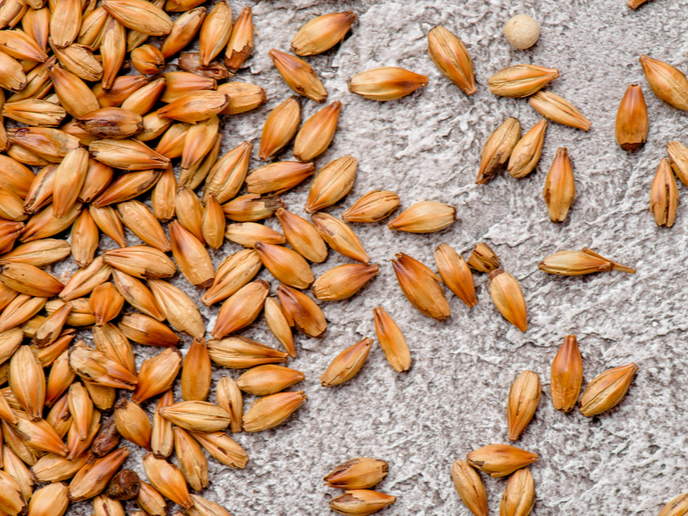Stone Age beer? How to analyse archaeological evidence of processed grain malt
Brewed alcoholic beverages have been part of ritual, social and dietary practices with roots dating back to the emergence of agriculture in the dawn of the Neolithic period. However, it’s difficult to find direct evidence of production and consumption of such cereal-based alcoholic beverages like beer because most clear markers for their presence lack durability or reliability. Thanks to support from the EU-funded PLANTCULT project, a research team has found a method by which malt-based food can be detected in archaeological charred remains. Using this novel approach, the team has also provided evidence of possibly the oldest beer production in Neolithic central Europe. The researchers have published their study in the ‘PLOS ONE’ journal. Highlighting the importance of beer archaeology, the researchers say their “knowledge of the occurrence and manufacture of ancient beer is highly incomplete. Tracking beer in the archaeological record as precisely as possible would therefore result in fundamentally novel insights on human societies in the past.” The researchers add: “However, archaeological beer finds are still rare and highly contested due to insufficiently explicit criteria, or a missing consensus on the criteria. We present here a discussion of possible markers for beer production from a novel approach: histological evidence observed in charred archaeological crusts and lumps of cereal products as an indication for the beer product itself.”
Malting traces
Malting, which involves the sprouting and subsequent drying or roasting of cereals, is a key stage in beer-making. During this process, the growing germs initiate saccharification of the grain’s starchy endosperm and (hemi-)cellulose in cell walls, as explained in a news release by project partner the Austrian Academy of Sciences. “The resulting smaller sugar units supply the seedling with metabolic energy for its growth. Among the microscopically observable structural changes that occur while the germ is ‘draining’ the grain is a notable thinning of cell walls in the starchy endosperm and in the so-called aleurone layer.” The same news release adds: “In the current study, the feature of significantly thinned out aleurone cell walls has successfully been used for the detection of malt in charred archaeological remains, even though the malted grains had been ground beyond recognition prior to charring.” To explore such microstructural alterations in brewed cereal grains, the researchers simulated the archaeological preservation of modern malted barley by charring it. They compared the experimental sample with ancient grains from various archaeological sites in Egypt and central Europe, dating back to the 4th millennium BCE. “Under the scanning electron microscope (SEM), these showed the same structures of thinned out aleurone as the experimentally charred malt.” Quoted in the same news release, study author Andreas G. Heiss says: “For over a year we kept checking our new diagnostic feature until we – and also the reviewers – were satisfied with the results. However, it took us quite a while to realize that en passant we had also provided the oldest evidence of malt-based food, and potentially also of beer, in Neolithic Central Europe.” The PLANTCULT (Identifying the food cultures of ancient Europe: an interdisciplinary investigation of plant ingredients, culinary transformation and evolution through time) project will run until March 2021. It aims to explore culinary practices in Europe’s prehistoric communities. For more information, please see: PLANTCULT project website
Keywords
PLANTCULT, malt, beer, cereal



